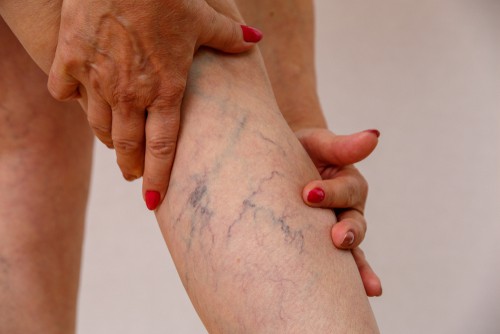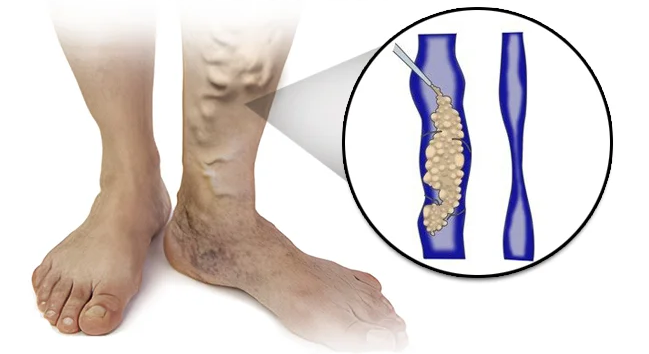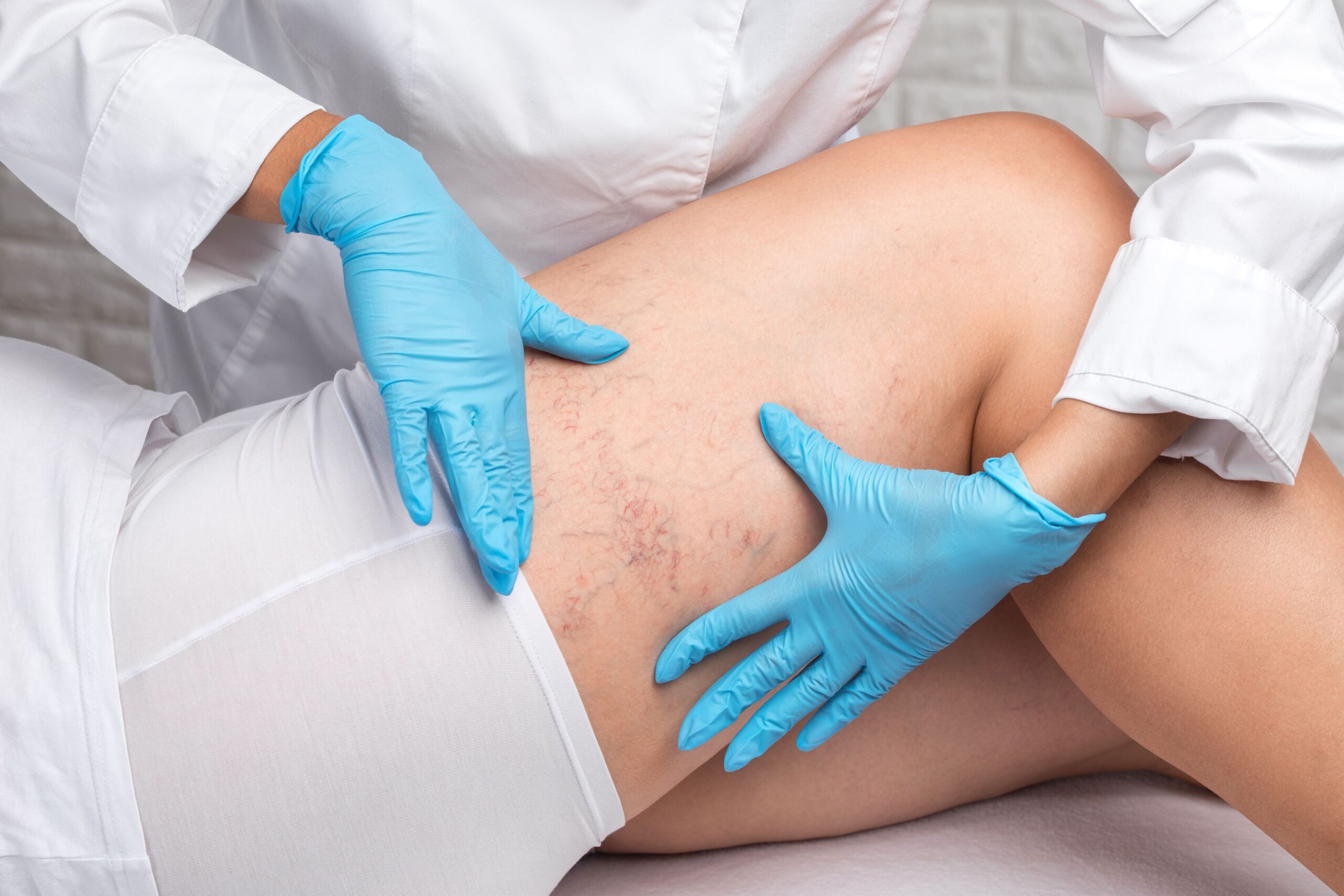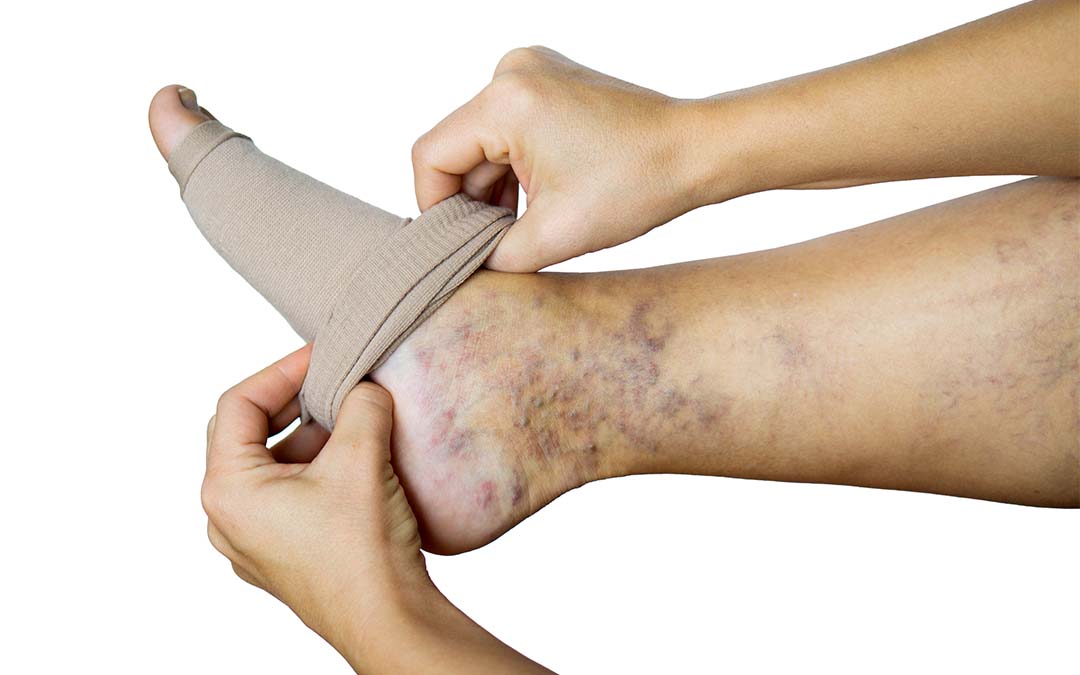How to Prevent Vein-Related Issues
Sclerotherapy is a widely used medical treatment for treating varicose veins and spider veins. It involves injecting a special solution directly into the affected veins to reduce or eliminate them. This article explores the process of sclerotherapy, its effectiveness, potential risks, and ways to prevent the occurrence of vein-related issues.

Understanding Sclerotherapy
What Is Sclerotherapy?
Sclerotherapy is a minimally invasive procedure commonly used to treat varicose veins and spider veins, which are swollen, twisted veins that usually appear on the legs and feet. These conditions occur when the valves in the veins fail to function properly, causing blood to pool and veins to become enlarged.
The technique involves injecting a sclerosing solution (usually a chemical like sodium tetradecyl sulfate or polidocanol) directly into the problematic veins. This solution irritates the vein walls, causing them to swell, stick together, and eventually close off. Once the vein is sealed, blood is rerouted to healthier veins, and the closed vein is gradually absorbed by the body.

How Sclerotherapy Happens
The sclerotherapy procedure typically involves the following steps:
Pre-Procedure Evaluation
Before undergoing sclerotherapy, a healthcare provider performs a detailed evaluation of the patient’s medical history and examines the affected area. This step helps determine the most appropriate treatment plan, considering the size, location, and severity of the veins.
Preparation
The area to be treated is cleansed, and a local anesthetic may be applied to minimize discomfort. Patients are generally positioned with their legs elevated to help with the procedure.
Injection
Using a fine needle, the sclerosing solution is injected into the targeted vein. Multiple injections may be needed depending on the number of veins being treated. The solution causes the vein walls to react, leading them to collapse and seal shut.
Post-Injection Care
After the injections, the area may be massaged gently to spread the solution and enhance absorption. Compression stockings or bandages are often applied to help maintain pressure on the veins and reduce swelling.
Follow-Up
Over a few weeks, the treated veins gradually fade as they are reabsorbed by the body. Follow-up visits may be required to assess the effectiveness of the treatment and decide if additional sessions are necessary.
Benefits of Sclerotherapy
Sclerotherapy offers several benefits for individuals dealing with varicose or spider veins:

1. Non-Surgical Treatment
Sclerotherapy is a minimally invasive procedure that doesn’t require surgery or anesthesia, making it a relatively simple and quick option for vein treatment. Most sessions can be completed within 30 minutes to an hour.
2. Effective and Quick Results
Many patients experience significant improvement in the appearance of their veins within a few weeks of the procedure. Some smaller veins may disappear immediately after treatment.
3. Minimal Downtime
Patients can usually return to their daily activities immediately after sclerotherapy, although they may need to avoid strenuous exercise and prolonged standing for a short period.
4. Relief from Symptoms
Sclerotherapy not only improves the appearance of varicose and spider veins but also helps alleviate associated symptoms like pain, swelling, cramping, and itching.
Risks and Side Effects of Sclerotherapy
Although sclerotherapy is generally safe and well-tolerated, some patients may experience side effects, including:
- Bruising: Minor bruising around the injection site is common and typically resolves within a few weeks.
- Swelling: Temporary swelling of the treated area may occur but usually subsides quickly.
- Skin Discoloration: Some patients may notice brown lines or spots on the skin, which can take several months to fade.
- Allergic Reactions: In rare cases, patients may have an allergic reaction to the sclerosing solution.
More serious complications, such as blood clots, ulcers, or deep vein thrombosis, are extremely rare but require immediate medical attention if they occur.
How to Prevent Vein-Related Issues
Preventing varicose and spider veins can reduce the need for procedures like sclerotherapy. While genetics and age play a significant role, there are several lifestyle changes that can help minimize the risk:
1. Exercise Regularly
Physical activity improves blood circulation in the legs, which helps push blood through the veins and reduce pressure. Exercises like walking, cycling, and swimming are particularly effective for promoting good circulation.
2. Maintain a Healthy Weight
Excess weight puts extra pressure on the veins, especially in the lower body. Maintaining a healthy weight reduces the strain on your veins and lowers the risk of developing varicose veins.
3. Elevate Your Legs
Raising your legs above the level of your heart for 15-20 minutes several times a day can help reduce swelling and improve blood flow in the veins. This practice is particularly beneficial for those who stand or sit for long periods.
4. Avoid Prolonged Sitting or Standing
Staying in one position for too long, whether sitting or standing, can cause blood to pool in the legs. If your job requires you to sit or stand for extended periods, try to take short breaks to move around and stretch.
5. Wear Compression Stockings
Compression stockings can be effective in preventing the formation of varicose veins by providing gentle pressure to the legs, which helps support the veins and improve circulation.
6. Limit High Heels and Tight Clothing
Wearing high heels for long periods and tight clothing around the waist or legs can restrict blood flow. Choosing flat shoes and looser clothing can help blood circulate more freely.

Conclusion
Sclerotherapy is a proven and effective treatment for varicose and spider veins, offering a minimally invasive way to restore the appearance and function of affected veins. While the procedure has a high success rate and minimal downtime, understanding the potential risks and side effects is important for making informed decisions.
Prevention remains a crucial aspect of managing vein health, with regular exercise, weight control, leg elevation, and lifestyle adjustments playing significant roles in reducing the risk of developing these common vein conditions. By staying proactive in caring for your veins, you can maintain better overall circulatory health and avoid the need for future interventions like sclerotherapy.
